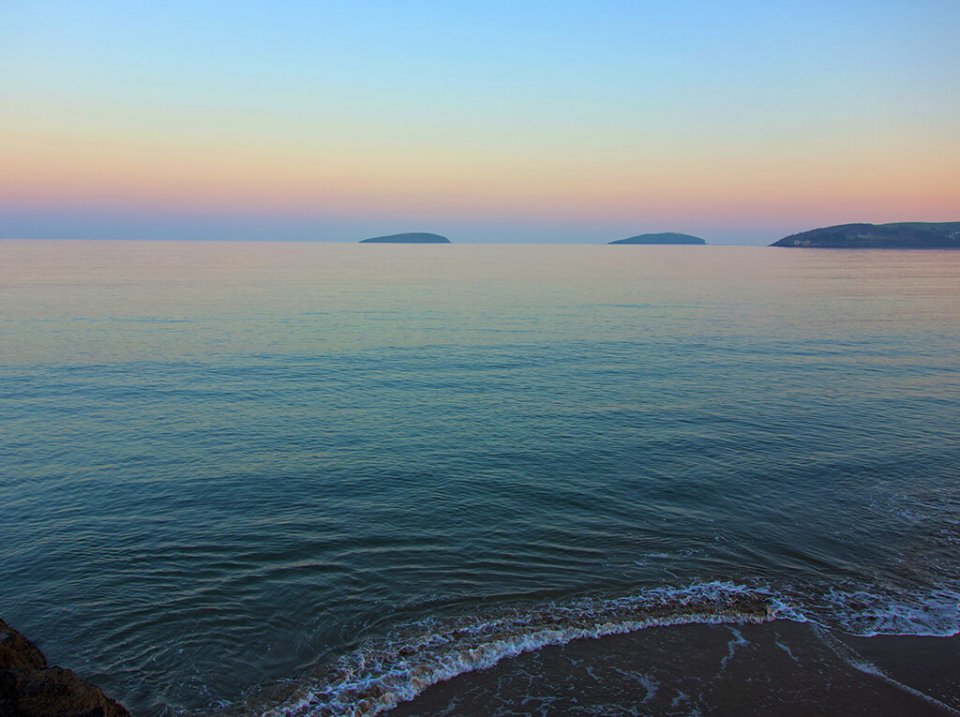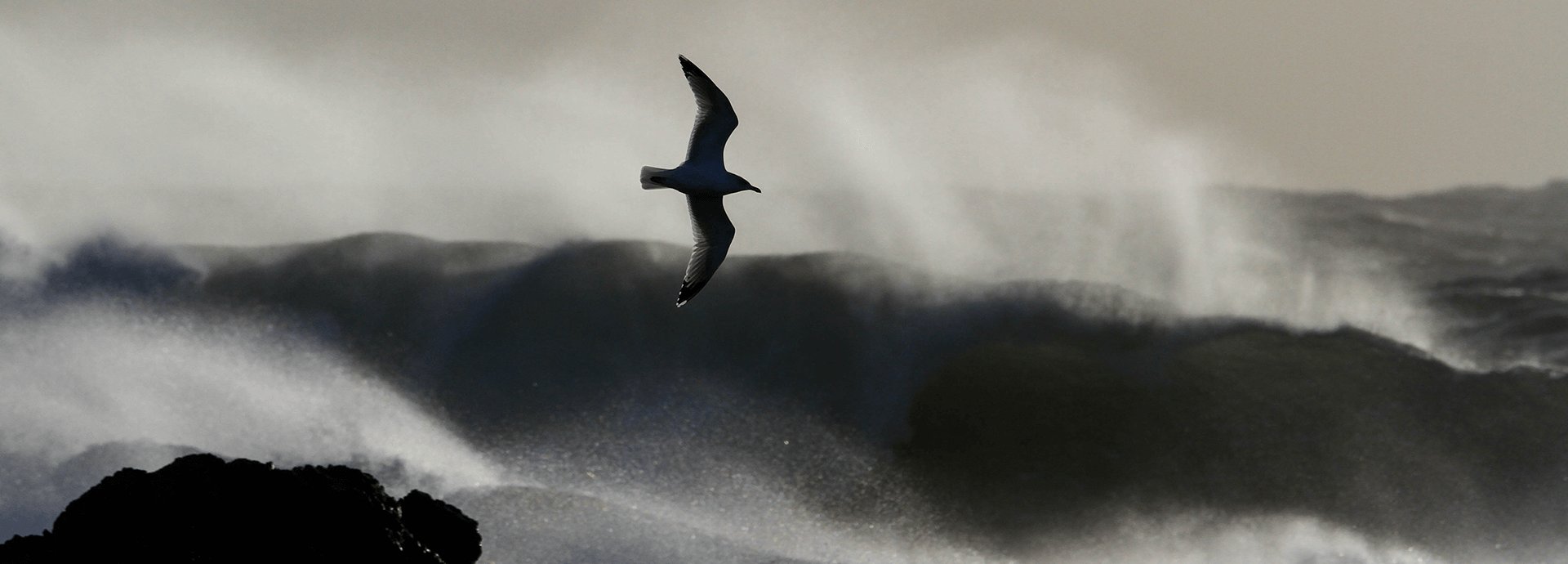Coastal lagoons
Lagoons are expanses of shallow coastal water of varying salinity and water volume, wholly or partially separated from the sea by sand banks, shingle or, less frequently, by rocks. Salinity may vary from brackish water to hyper-salinity depending on rainfall, evaporation and through the addition of fresh water from storms, temporary flooding of the sea in winter or tidal exchange.
There is one coastal lagoon within the Pen Llŷn a’r Sarnau SAC - this is Morfa Gwyllt lagoon, which is located on the south side of the mouth of the Afon Dysynni. This is the only saline lagoon present along the Cardigan Bay coast, and is only one of four saline lagoons identified in Wales.
The lagoon was created as a result of man-made changes to the shingle spit at the mouth of the river that extended the existing shingle bar and retained a relict depression from the old river course, which became established as the percolation lagoon. Despite the artificial method of its creation, the lagoon fits the European definition of coastal lagoons.
The lagoon is protected from the seaward side by a bank of shingle. The structure of the shingle and adjacent beach is important since it allows the ingress of seawater through a slow process of percolation which is, as yet, not well understood, but allows the input of saline water to create brackish conditions in the lagoon. Rainfall has a large influence on the lagoon and during periods of high rainfall the lagoon water will have a lowered salinity.
The structure and functioning of the lagoon has enabled a number of species to colonise it. Due to the extreme nature of the environment that they provide, lagoons are stressed habitats, with typically reduced numbers of species and specialist fauna that are able to withstand the extreme conditions. 14 species have been recorded from Morfa Gwyllt, some present in very high abundance. Three of these species are lagoonal specialists (i.e. species whose distribution within the British Isles is entirely or predominantly restricted to coastal saline lagoons). These lagoonal specialists are the amphipod (small crustacean) Lekanosphaera hookeri, the sea mat (bryozoan) Conopeum seurati and the green alga (plant) Chaetomorpha linum. These species are able to tolerate the comparatively wide range of environmental parameters and the variation in these – their survival is dependent on particular conditions (physical, chemical and biological) being present. For examples one of the lagoonal specialist species, the bryozaon Conopeum seurati requires a hard substrate of plant material, stone, wood or artificial substrata in order to survive since it forms an encrusting colony over the surface. Also, this bryozoan feeds on plankton in the water and is most commonly found on hard substrate near the water surface.

